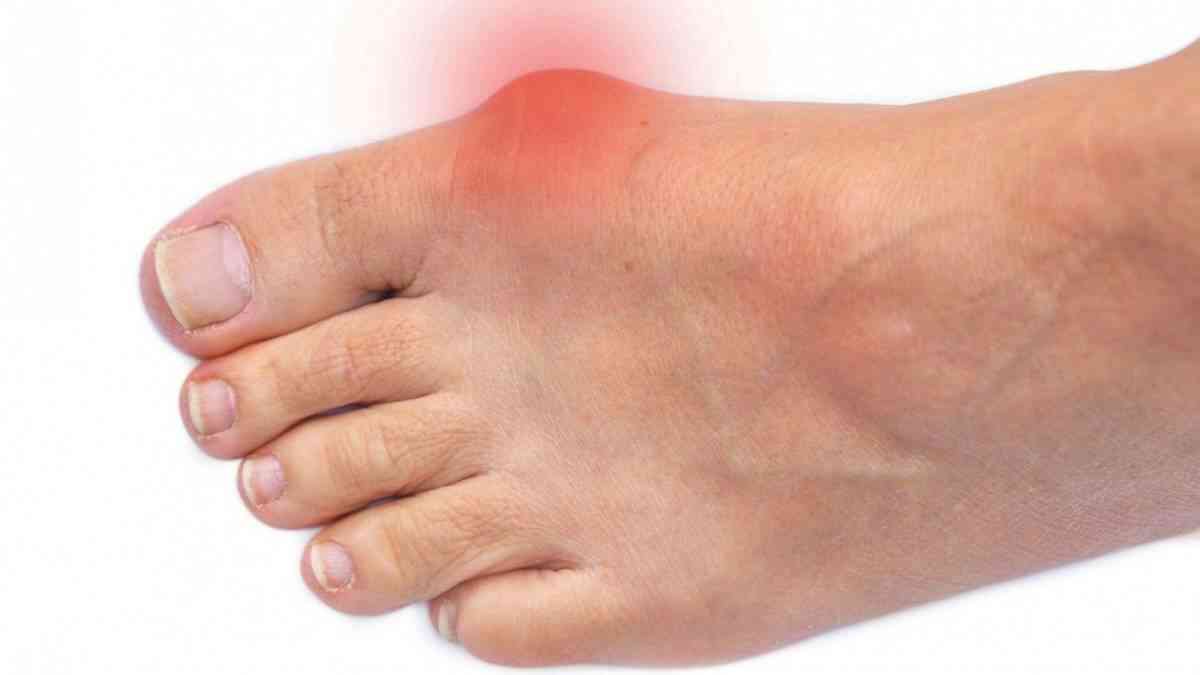6 Myths About Bunions You Shouldn’t Believe In
- - Category: Diseases & Conditions
- - 30 Jan, 2023
- - Views: 393
- Save

A bunion is one of the most common foot issues that affect Americans.
A bunion is one of the most common foot issues that affect Americans. Bunions are a painful medical problem that affects 23% of adults aged 18 to 65 and 36% of people over 65. The bump is caused by a dislocation of the big toe joint, which causes the "head" of the first metatarsal bone to protrude.
Depending on the severity of the bunion, it can cause slight discomfort to severe pain. There have been various myths about the simple bunion over the years. With a better knowledge of how a bunion originates, we can look back at some of the misconceptions that persist today. Here is a list of six myths about bunions you shouldn't believe in.
1. A bunion is just an accumulation of fluid
A bunion is a solid bone produced by the round surface of the first metatarsal protruding. A straight line should be drawn between the foot and the big toe. When these two things get out of alignment, a bunion develops. This is presumably where the myth began: there may be a little sac of fluid that develops to relieve pressure on the metatarsal eminence.
2. A bunion can be addressed without surgery
People often look for strategies to reverse their bunion. There are several over-the-counter products that claim to correct the bunion and straighten the big toe. This is a fallacy concerning bunions since a bunion is a misalignment of the big toe joint. There is no way to correct it without surgery. Surgical treatment is required to realign the joint.
3. Only older people have bunions
When you ask someone to imagine a picture of a 'typical' bunions sufferer, the image that frequently comes to mind is an old lady. While bunions are more frequent in this age range, they can arise at any age, even in teens. This condition is known as 'adolescent bunion,' and it has been found in up to 30% of teenage girls. In this case, there is frequently a strong family history of bunions.
4. If you have bunions, you should wear firm supportive shoes
Shoes are also linked to the development of bunions, especially if they are tight, have narrow or pointed toe boxes, and have heels. The stronger or stiffer the shoe, the less work the foot needs to perform, and the muscles in the foot get weaker and weaker.
The majority of people with bunions also have weak, overly pronated (flat) feet and are prescribed orthotics. This is the task that the foot muscles should be doing, and depriving them of it condemns them to a never-ending cycle of failure that will demand more and more support over time.
5. All bunions need surgery.
In general, if your bunion is not painful, surgery is not required. Although bunions often grow in size over time, surgery may be indicated to keep bunions from progressing. If possible, try to wear shoes with extra space to avoid discomfort from the bump. The growth of bunion deformities can't be slowed. One of the most common misconceptions is that orthotics may slow or even prevent bunions, however, there is no scientific evidence to support this claim.
6. Bunion surgery is incredibly painful
Many people are concerned about having bunion surgery. They've heard horror stories and read several web reviews that claim bunion surgery is excruciating. Indeed, you do need the appropriate post-op care to reduce any discomfort.
Most surgeries are painful, but the key to minimizing pain following bunion surgery is to take anti-inflammatory medications and keep your foot elevated for at least two weeks. To fully recover after bunion surgery, you still should give up your plans for two weeks.

